People Who Can't Sleep Unless One Foot Is Out From Under The Covers Usually Have These 11 Reasons
They're not afraid of the monsters under the bed.
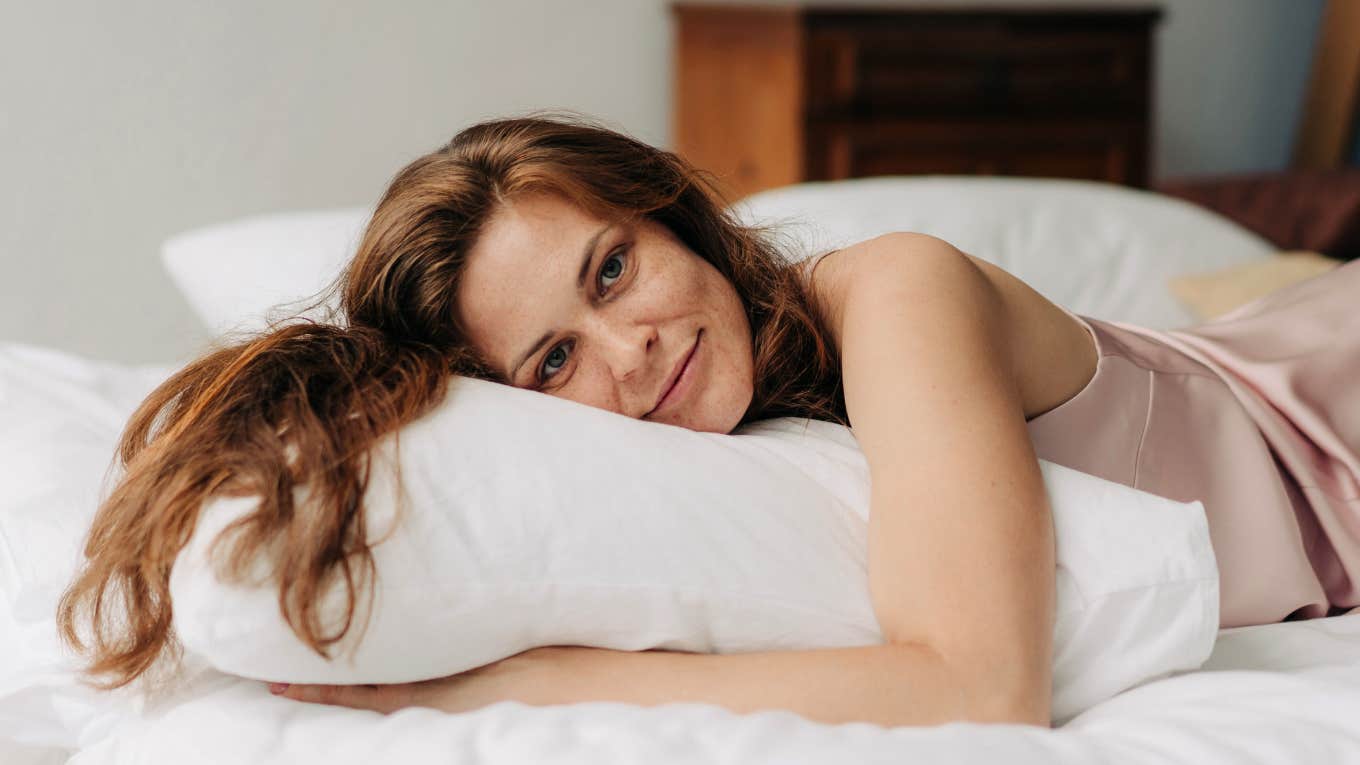 Ilona Kozhevnikova | Shutterstock
Ilona Kozhevnikova | Shutterstock While the routines, habits, and schedules we all follow around bedtime are often wildly different and unique, the importance of rest remains the same for all of us. It's not only an extraordinarily important facet of life for protecting physical health and well-being, but it also plays a role in more subtle experiences, from mental health to stress levels, social relationships, and general mood. So, you might have different sleeping habits from your partner, but what really matters is finding what works for you.
For some people, that's sleeping with an eye mask or investing in cooling sheets. However, people who can't sleep unless one foot is out from under the covers may have reasons of their own. If it works, it works. In fact, it's admirable, considering many people still can't fathom overcoming their childhood fears of monsters under the bed.
People who can't sleep unless one foot is out from under the covers usually have these 11 reasons
1. It regulates their temperature
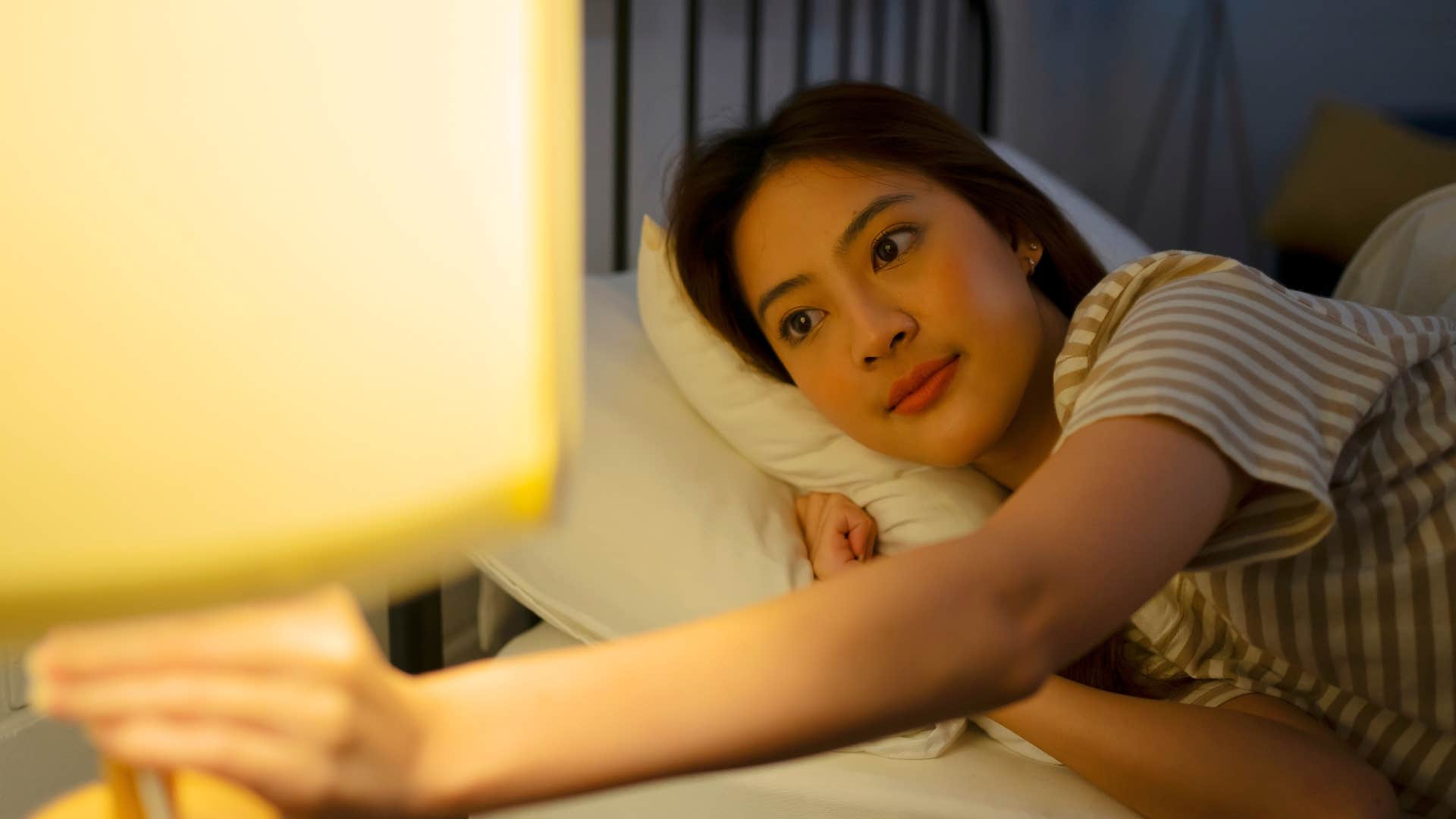 Suney munintrangkul | Shutterstock
Suney munintrangkul | Shutterstock
Many people who sleep with a foot out from the covers argue that it helps to regulate their temperature when they sleep. It's the perfect balance between the warm comfort of a blanket over their torso, but a cool breeze on their legs.
In extreme cases, regulating our body's temperature often starts with our feet and hands, so it's not surprising that people let these body parts hang outside their duvets when they're trying to fall asleep comfortably.
Of course, this is the same reason why experts suggest you should take a warm bath or shower before bed, because when you step out, your body cools and mimics the temperature best suited for falling asleep.
2. They feel less restricted
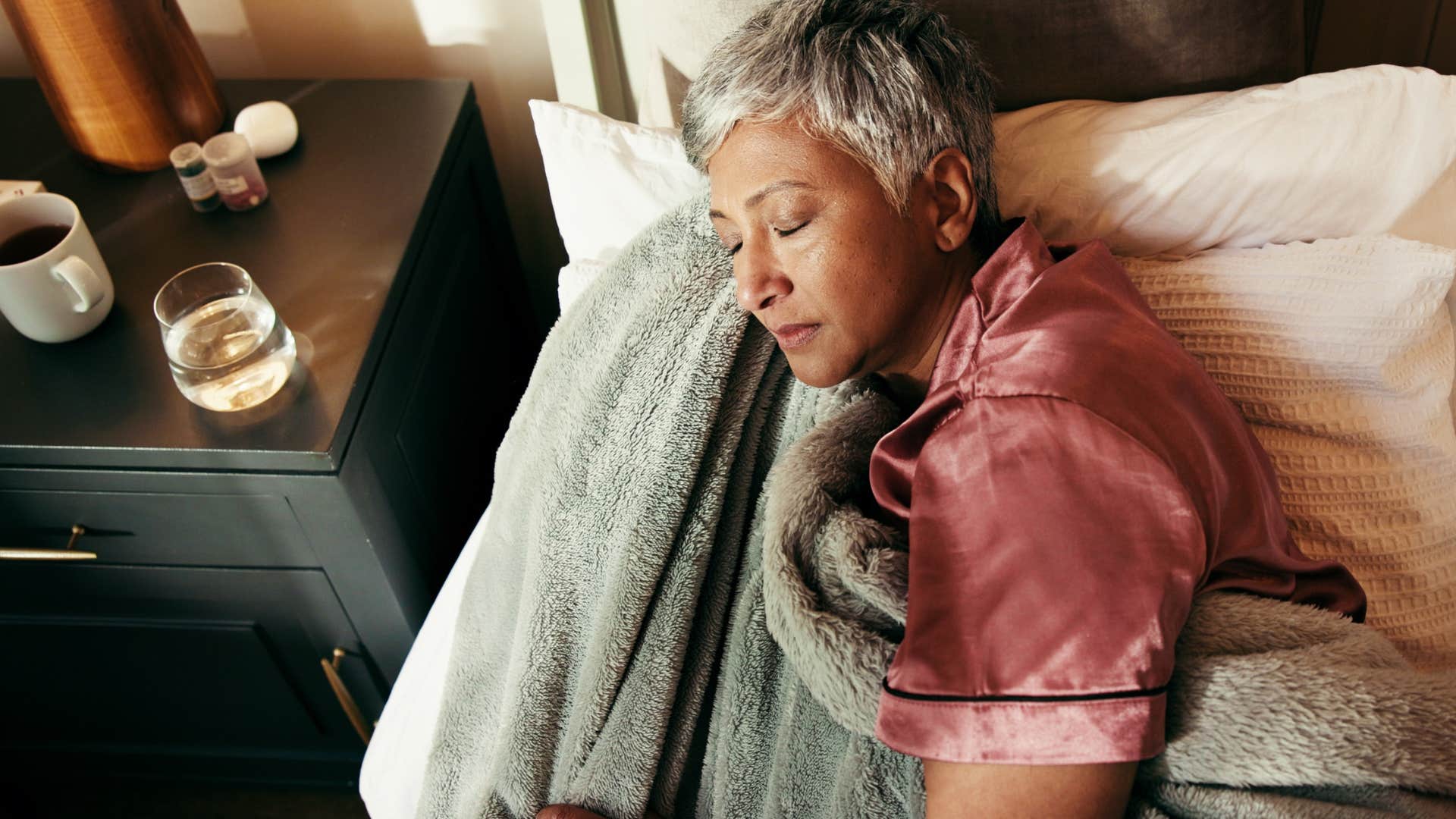 PeopleImages | Shutterstock
PeopleImages | Shutterstock
Sometimes, if your comforter is too heavy or you're too overstimulated trying to fall asleep, the only option is to throw a leg out from under the covers. It may not literally make you less restricted, but feeling like you have a single limb out from the covers reduces the oversimulation that makes it hard to fall asleep.
By getting rid of any added sensations, you help to calm your mind and relax your body, helping to transition into a restful sleep.
3. It's a childhood habit
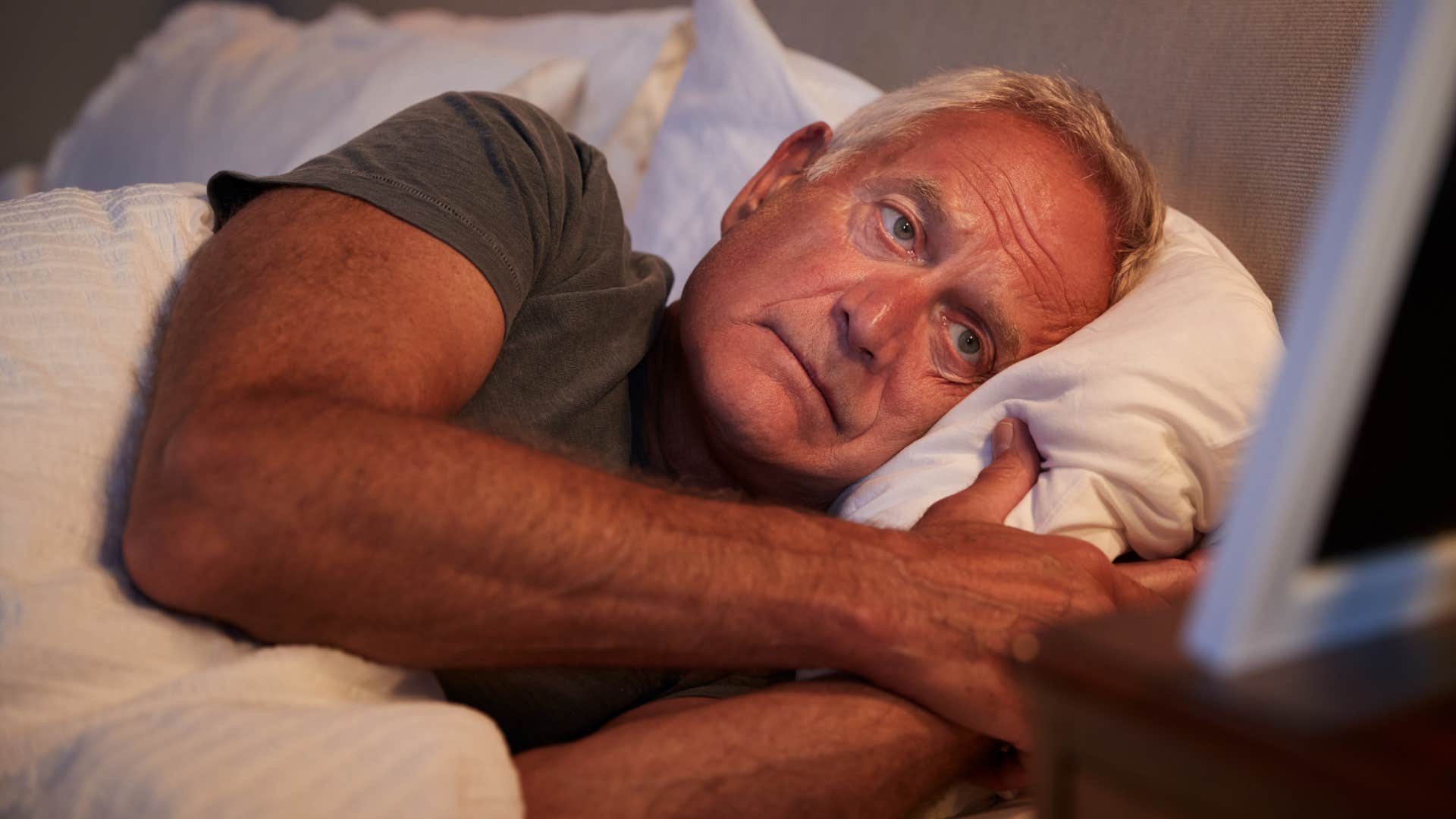 Monkey Business Images | Shutterstock
Monkey Business Images | Shutterstock
While other parts of our sleeping routines as children, from the time we need to feel rested to our energy levels after waking up, tend to shift as we get older, according to a study from the Journal of Psychosomatic Research, some things stay the same.
Childhood sleeping habits, like cuddling up with a baby blanket, sleeping with a hand under the pillow, or even putting one foot out from under the covers, can all be childhood habits that stick around even after we've grown up. It's a comforting habit, even if we're not entirely aware of it, that helps to release stress from our minds and calm our bodies before bed.
4. It's a partner compromise
 Miljan Zivkovic | Shutterstock
Miljan Zivkovic | Shutterstock
If one partner in a relationship likes a heavier comforter or takes up more space in the bed, chances are a habit like putting one foot out from under the covers is a compromise. They can cool themselves off to ensure their partner feels comfortable under their huge duvet. They find more space to sprawl out with a "bed hog" partner by putting their leg over the side of the bed. It's all a compromise for comfort.
Of course, if you're making too many compromises, that can inhibit your relationship and sleep quality. If you're waking up consistently unrested and frustrated, you're not tackling the day as your best self.
5. They have restless legs
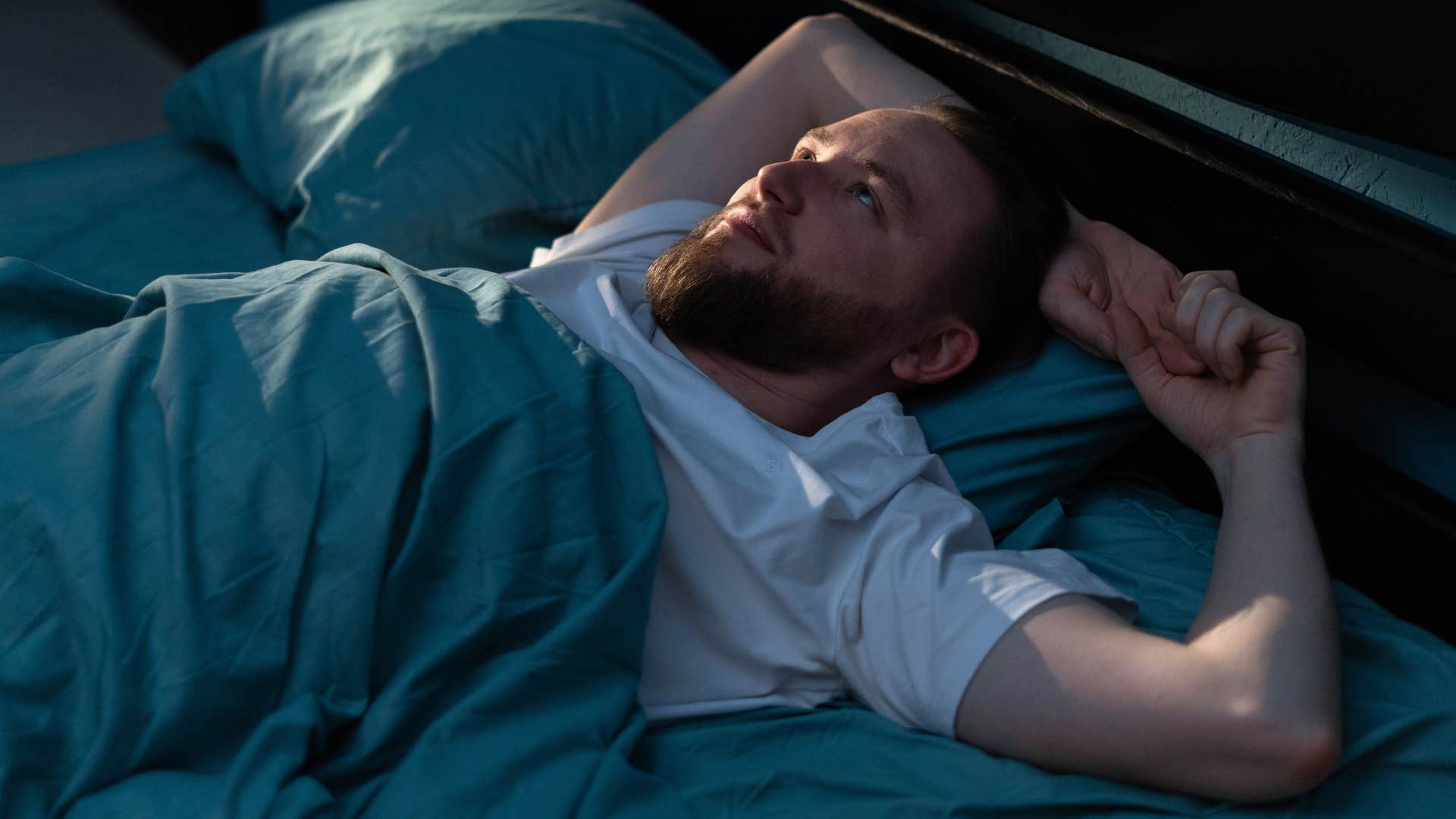 Lysenko Andrii | Shutterstock
Lysenko Andrii | Shutterstock
Many people who literally have Restless Leg Syndrome (RLS) find it harder to fall asleep, because they're always grappling with an incessant need to move their legs and shift their bodies. It's a neurological switch that's nearly impossible to turn off so, of course, they're going to be tossing and turning, trying to figure out how to get comfortable.
Of course, on a less serious and diagnosed level, people with a lot of racing thoughts or stress pent up in their bodies may experience a similar kind of restlessness. When they're underneath the blanket, they may be more prone to moving around, but with one leg outside, it's the perfect balance of comfort and space.
6. It's become a sleep signal
 Diego Cervo | Shutterstock
Diego Cervo | Shutterstock
When we follow specific routines or habits at nighttime, whether it's dimming the lights at home or slipping into pajamas, our brains often associate these things with sleep. The same is true for lying in bed and putting a leg out from under the covers.
We can spend all the time in the world lying in bed, reading, or talking to a partner, but when we lie all the way down and put a leg out from under the covers, our brain will finally drift off to follow routine.
7. It's a personal quirk
 Krakenimages.com | Shutterstock
Krakenimages.com | Shutterstock
While there's often at least a couple of explanations for our quirky habits throughout the day and even our sleeping habits, people who can't sleep unless one foot is out from under the covers may not have a subconscious driver. It may just be a personal quirk that they can't control, even on an internal level.
Like smiling a certain way or laughing at a specific tone, sleeping with a leg out from under the covers could just be a personal quirk and preference.
8. It's a micro-freedom
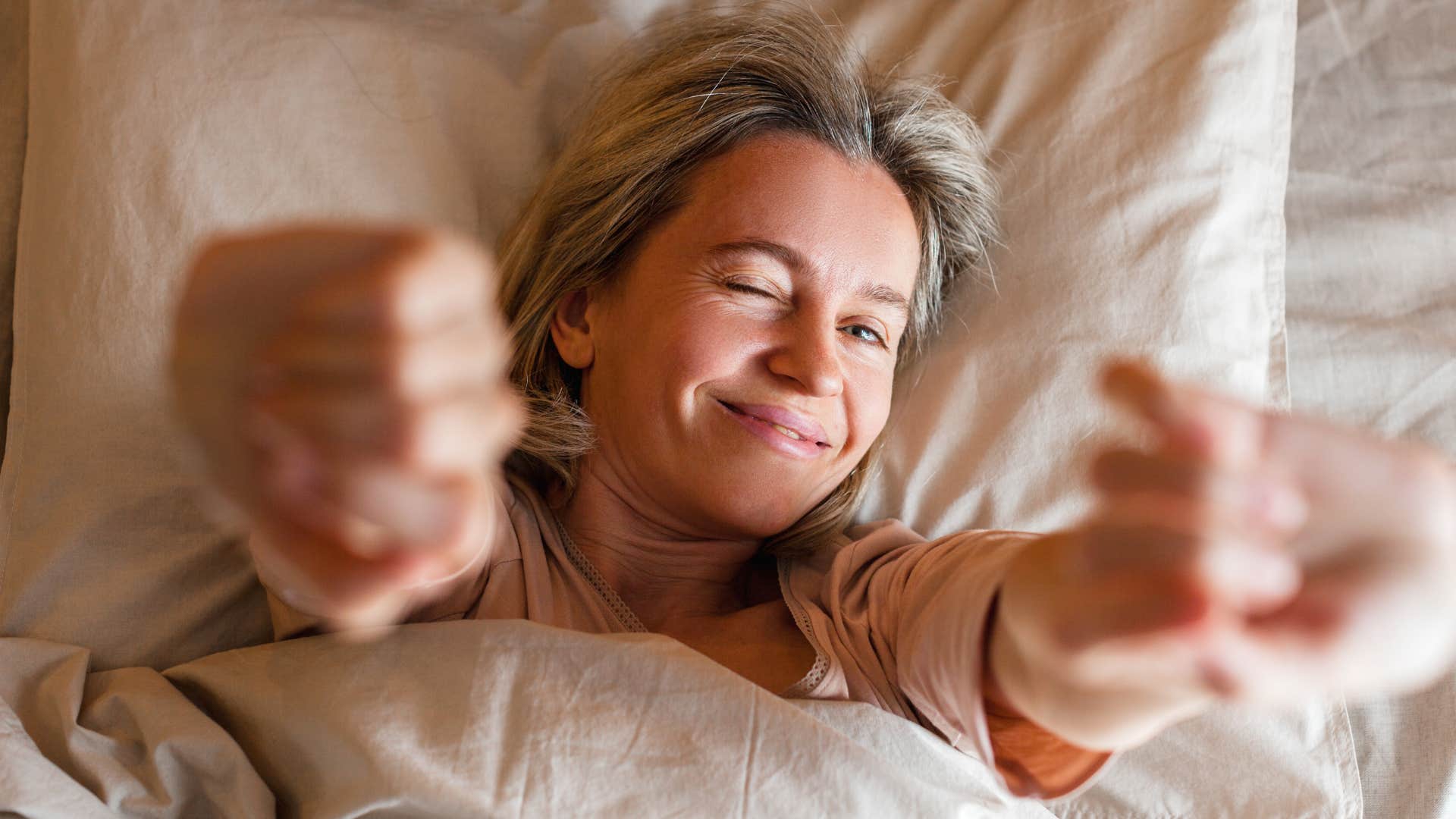 Gladskikh Tatiana | Shutterstock
Gladskikh Tatiana | Shutterstock
Even if it seems like we're reading too much into the habit, many of our smallest and most niche daily quirks are rooted in a bigger, more profound reasoning.
For example, someone who can't fall asleep without a leg out from under the covers may be seeking an element of freedom. Simply having a leg out from under the covers makes them feel less physically trapped, but also offers an element of micro-freedom that they may also be yearning for mentally or emotionally.
You don't have to read into or even understand these complexities in your life, but aligning yourself with your subconscious and at least noticing these quirks can boost self-awareness in a way you'd never expect.
9. They're warm sleepers
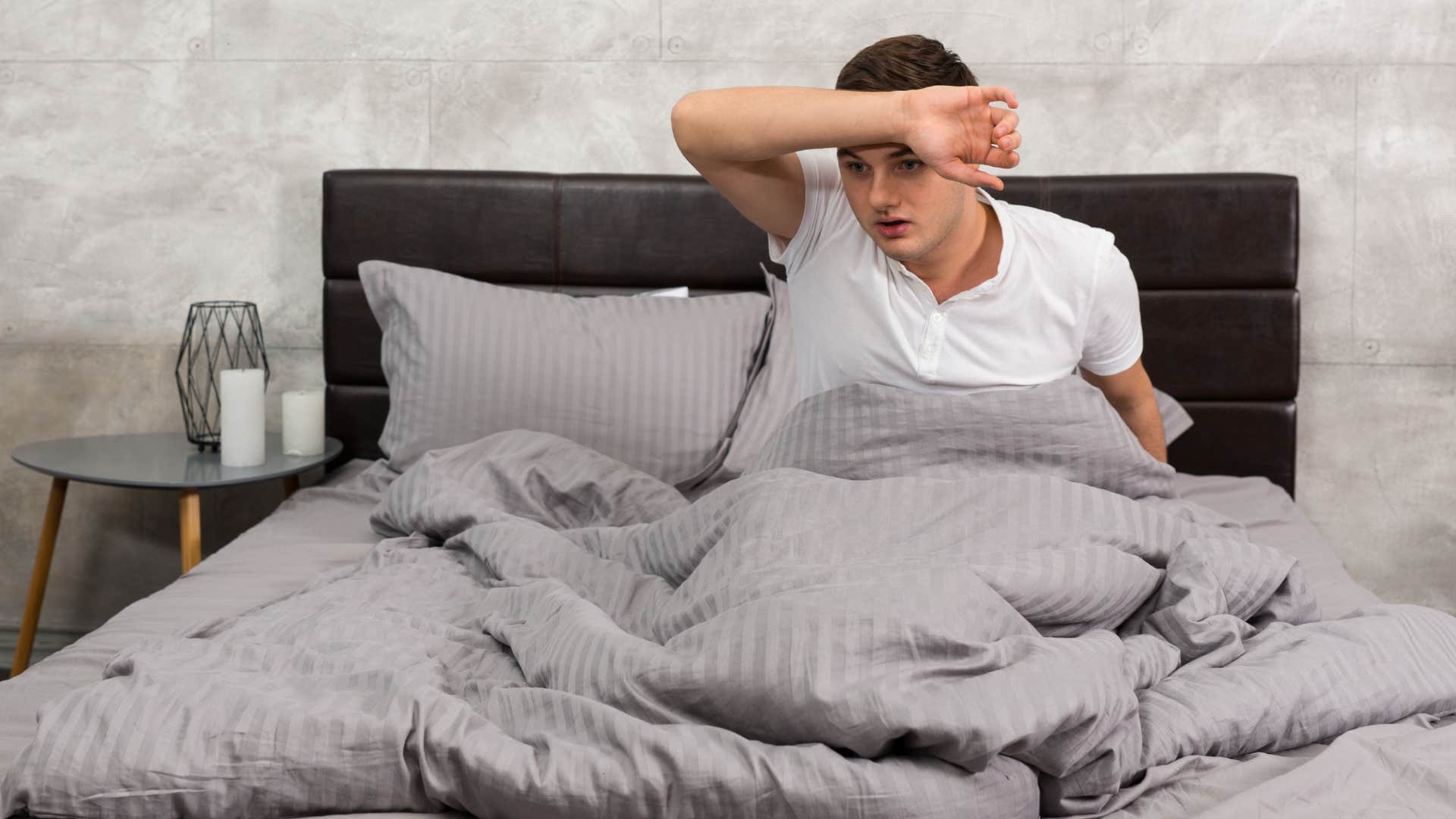 Viacheslav Nikolaenko | Shutterstock
Viacheslav Nikolaenko | Shutterstock
Even if they're not immediately trying to cool their body temperature before falling asleep, people who naturally sleep warm and wake up sweating may put one foot out from under the covers to subconsciously cool themselves as they sleep.
Although this random sleeping habit may seem insignificant, our thermal environment and body temperature while sleeping are actually some of the most important predictors of sleep quality and duration on a regular basis. So, if you're a funky sleeper like this, thank your body — it's internally and subconsciously helping you regulate to fall asleep faster and stay asleep for longer.
10. It's a subconscious fear leftover from childhood
 Krakenimages.com | Shutterstock
Krakenimages.com | Shutterstock
Instead of putting both feet out from under the covers, a person who only sleeps with one out may be dealing with a leftover subconscious fear about monsters under their bed.
Maybe people who can't sleep unless one foot is out from under the covers are compromising their childhood fears, reclaiming their right to sleep in this fashion without fear. Maybe it's a means of staying safe still — the monsters can't get you if you only have one foot out, right?
11. They move a lot while sleeping
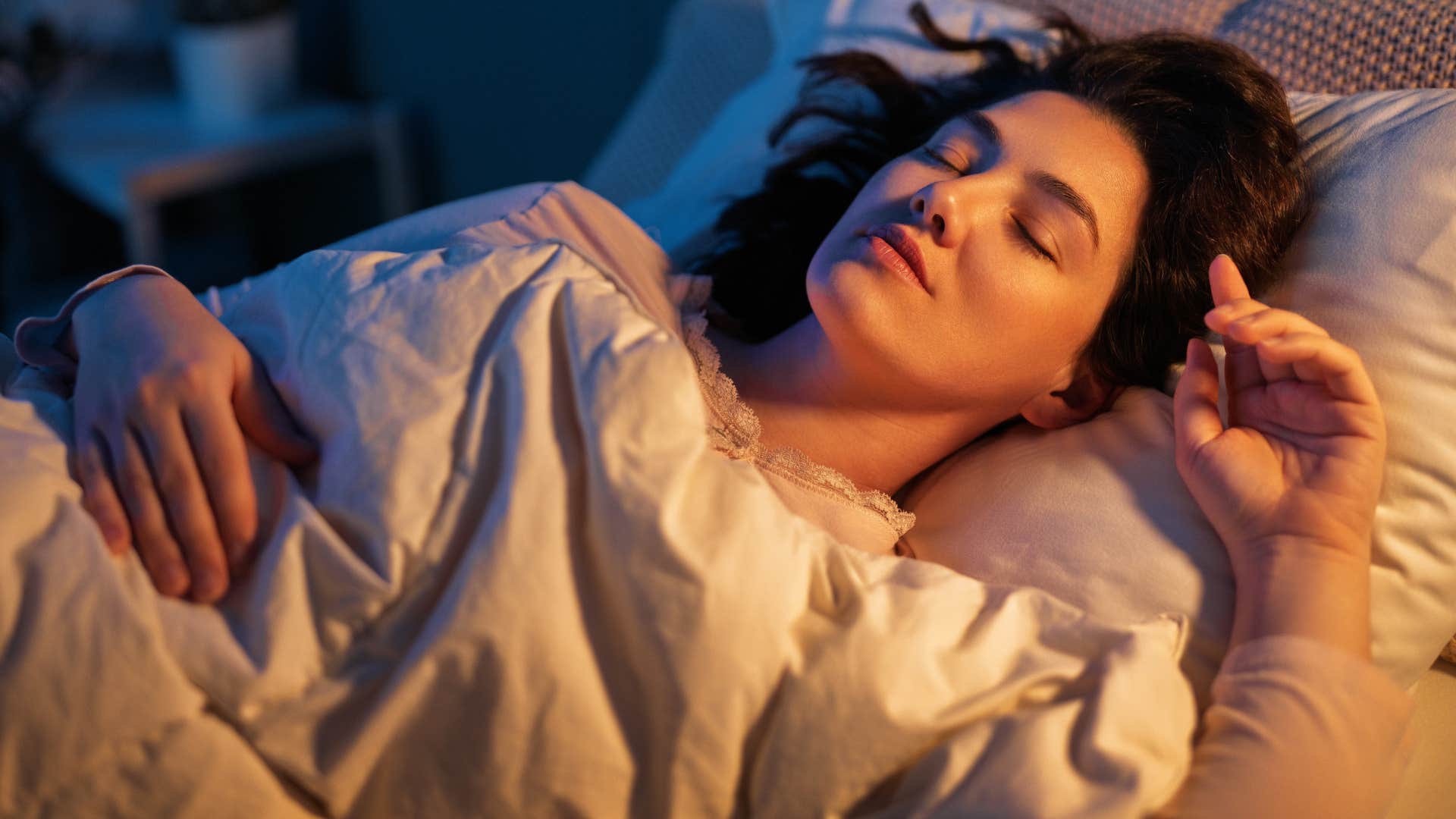 Yuganov Konstantin | Shutterstock
Yuganov Konstantin | Shutterstock
People who can't sleep unless one foot is out from under the covers may simply move around a lot while sleeping. They're always tossing, turning, and reshifting under the covers, so, of course, they're more likely to fall asleep with a foot tossed over the side of the bed.
Of course, constantly moving around in your sleep could disrupt your sleep quality and actually be a sign of a larger problem. So, if you wake up with feet hanging off the bed, it could simply be a quirk, but if it's happening a lot and you feel consistently unrested during the day, don't overlook it.
Zayda Slabbekoorn is a senior editorial strategist with a bachelor's degree in social relations & policy and gender studies who focuses on psychology, relationships, self-help, and human interest stories.

